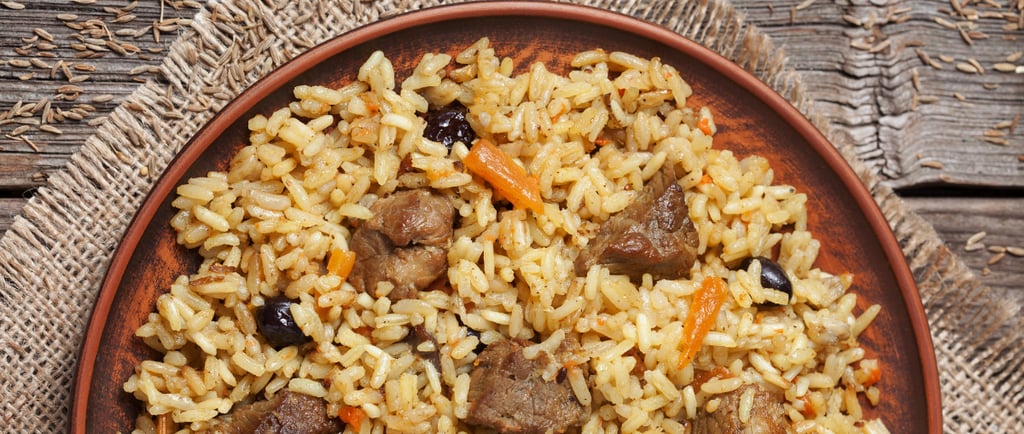Journey West @ www.xinjiang.travel
Zhua Fan: The Heartwarming Rice Dish of Xinjiang
Zhua Fan, or Xinjiang hand-pulled pilaf, is more than just a rice dish — it’s a delicious reflection of Xinjiang’s rich cultural tapestry. Discover its Silk Road origins, traditional preparation methods, nutritional value, and the warm stories it carries from kitchens across Central Asia.
XINJIANG FOOD
Daniel Bai
5/8/20252 min read


A Taste of History
Zhua Fan (手抓饭), Xinjiang pilaf, literally meaning “hand-grabbed rice,” is one of the most iconic and beloved dishes in Xinjiang. With roots tracing back to the ancient Silk Road, this flavorful pilaf represents the fusion of Central Asian, Uyghur, and Chinese culinary influences. Traditionally served at festivals, weddings, and family gatherings, Zhua Fan is more than a meal — it’s a symbol of hospitality and shared joy.
Historically, nomadic tribes and travelers along the Silk Road needed dishes that were both hearty and practical. Pilaf — made with long-grain rice, meat, vegetables, and spices — became a regional staple, and over time evolved into the Zhua Fan we know today in Xinjiang.
How It’s Made: Simplicity Meets Flavor
Zhua Fan is known for its fragrant aroma, rich color, and balanced flavors. It’s typically made using the following ingredients:
Lamb or beef (sometimes chicken)
Carrots, julienned for sweetness
Onions, for depth of flavor
Garlic, cumin seeds, and sometimes raisins for regional variation
Rice, preferably long-grain or basmati
Vegetable oil or lamb fat
Preparation Steps:
Meat is first stir-fried in oil until browned and fragrant.
Onions and carrots are added and cooked until tender.
The mixture is seasoned with salt, cumin, and occasionally other local spices.
Washed rice is layered over the meat and vegetables, followed by water.
The dish is simmered with the lid on, allowing the flavors to meld and the rice to cook evenly.
Once ready, it’s served in a communal dish — and traditionally eaten by hand in Uyghur households.
Nutritional Value and Comfort in a Bowl
Zhua Fan is both comforting and nutritious. It provides:
High-quality protein from the meat
Complex carbohydrates from rice for long-lasting energy
Beta-carotene and fiber from carrots
Antioxidants and natural flavor from spices like cumin
While rich, the dish can be balanced by serving with fresh vegetables, yogurt drinks (ayran), or simple salads. The traditional version uses lamb fat, but lighter versions substitute with vegetable oil.
Beyond the Dish: Culture and Community
In Xinjiang, Zhua Fan is more than food — it’s a centerpiece of social life. It’s served during important family gatherings, Eid celebrations, and weddings. Sharing Zhua Fan from one large plate represents unity, trust, and familial warmth.
You’ll find variations of the dish throughout Central Asia — in Uzbekistan, it’s known as plov; in Kazakhstan, pilaf. But the Xinjiang version, with its generous lamb, golden carrots, and hand-eaten tradition, holds a uniquely local charm.
In bustling night markets of Kashgar or in the quiet homes of rural Hotan, the scent of Zhua Fan tells you exactly where you are — at the crossroads of culture, comfort, and centuries of shared meals.
Final Thoughts
Whether you're exploring Xinjiang in person or through its food, Zhua Fan offers an unforgettable taste of the region’s soul. It's hearty, humble, and deeply rooted in history — a perfect introduction to the warmth of Xinjiang cuisine.
